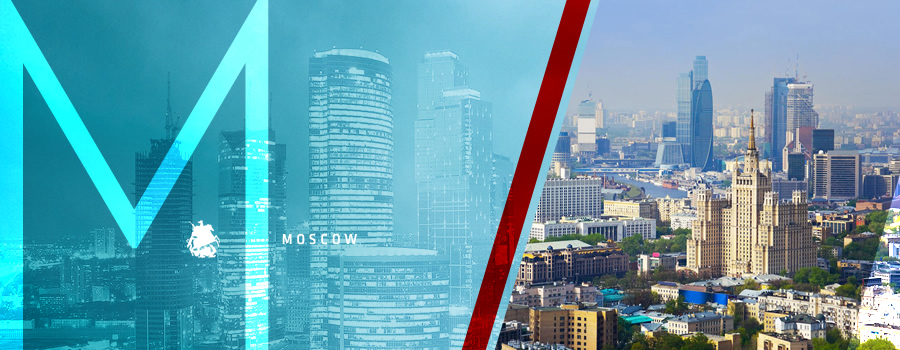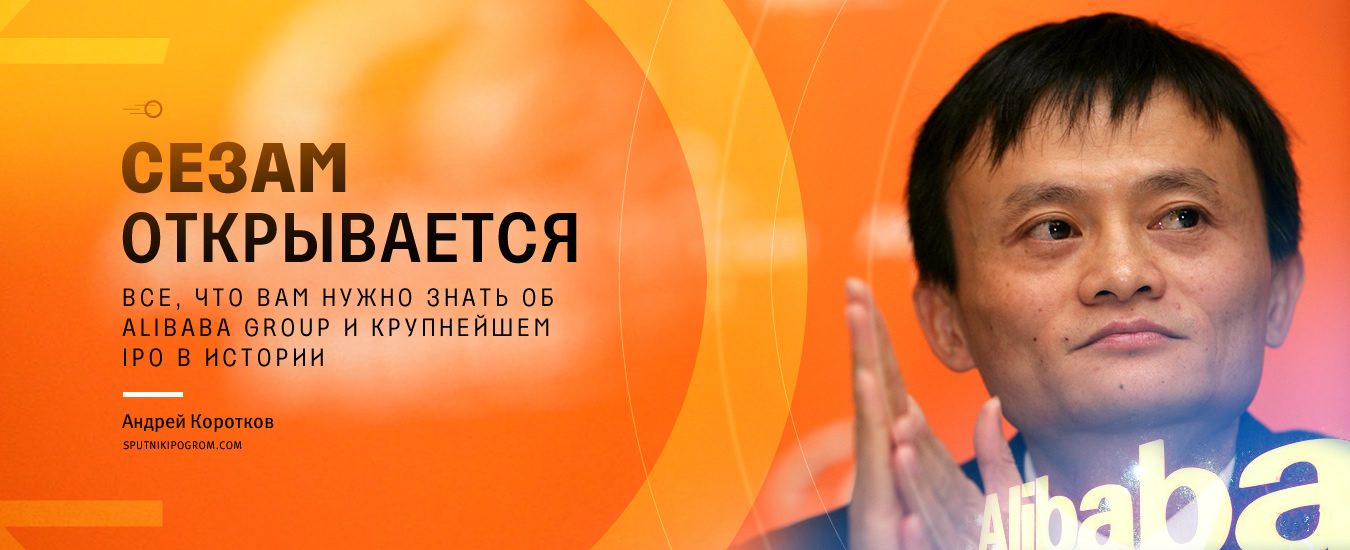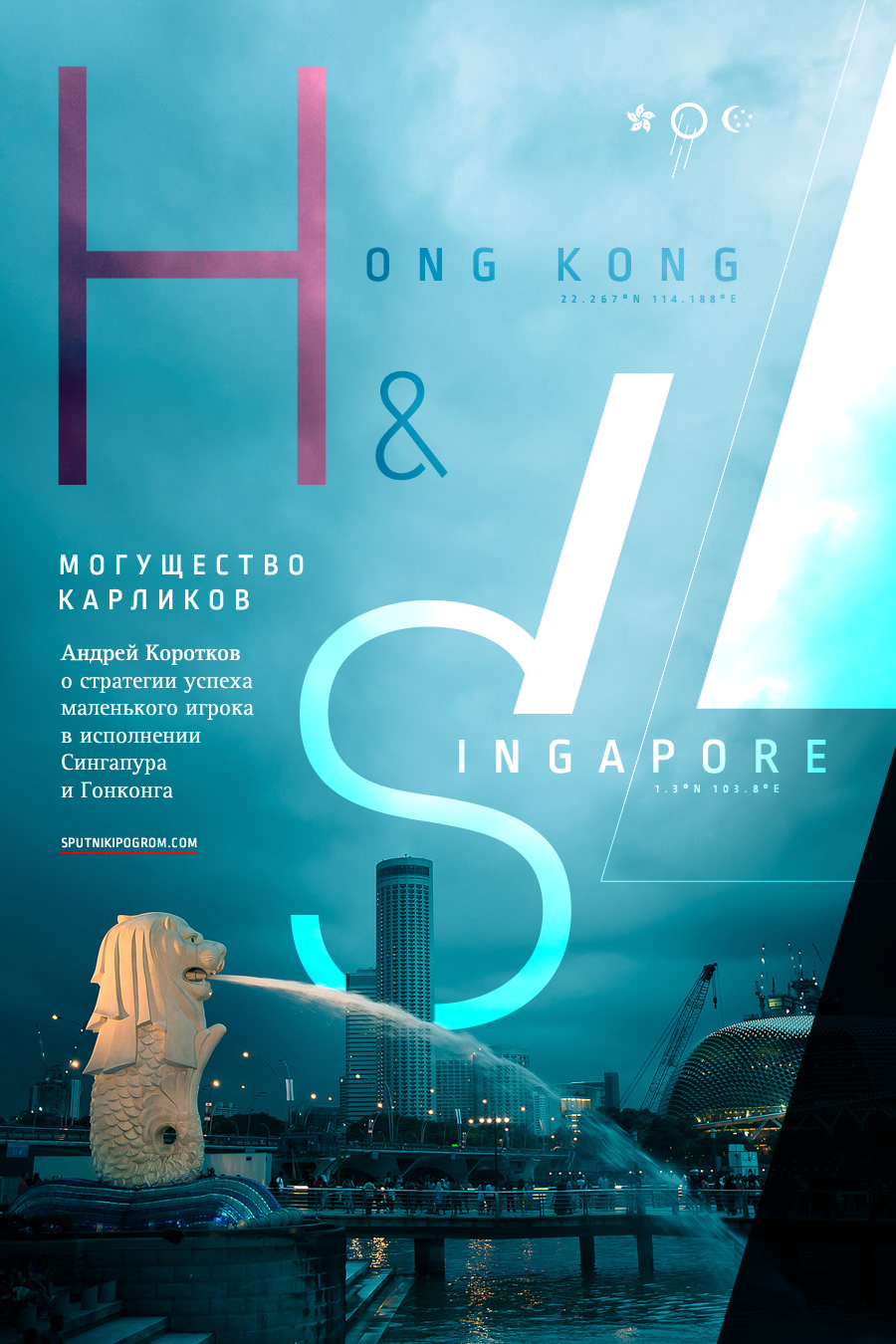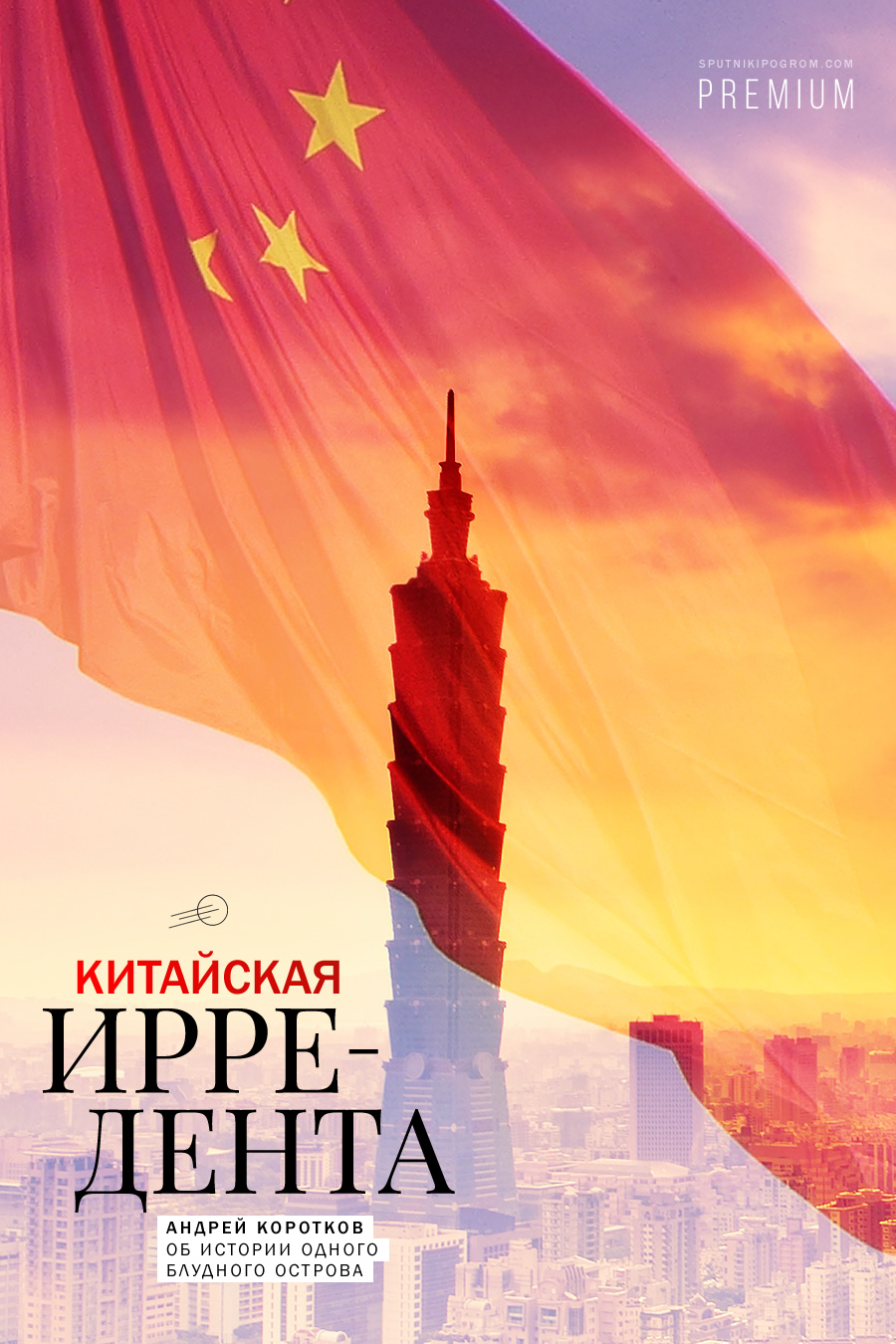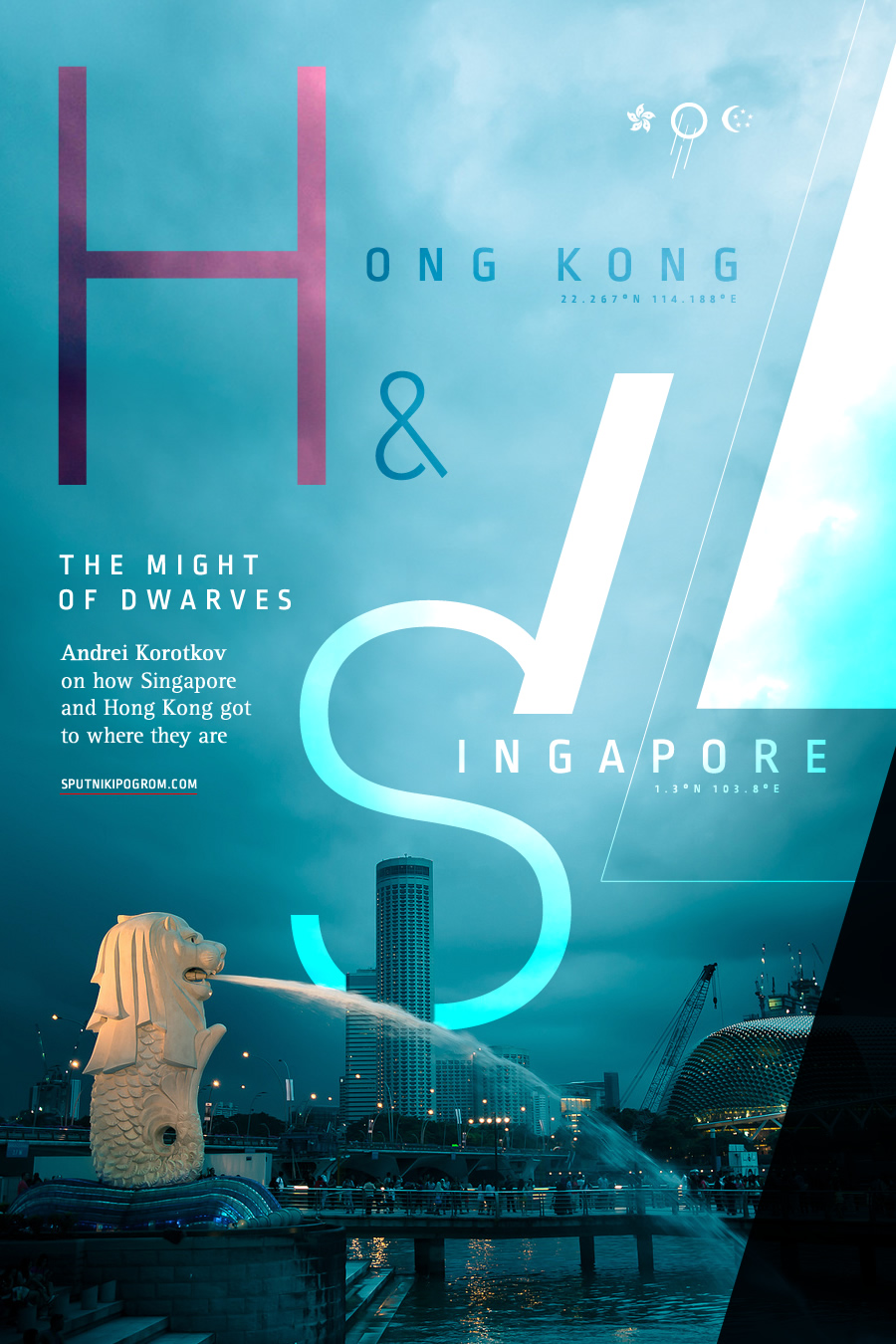
Every state can be seen as a business. Well, why not: it has its corporate structure, a fixed amount of resources, current and long-term assets and liabilities, it has its economic niche, customers and suppliers, a market intelligence unit, a PR and security services. It has a brand and a corporate history.
Huge corporations are fighting for technologies, for clients, for experts, for lands and underwater Arctic shelves. They do all sorts of bad, really bad things to each other — from black PR to war threats. But that are games of giants — what if you are a small, unpretentious country? A city-state, a fragment of some long-dead business empire? A god-forsaken sales office on the outskirts of a bombed business-city? What do you do in the wake of another murderous hostile acquisition that left your metropolis in ruins?
Correct, you start a financial center.
How it was done before
Financial industry is in bigger part a rather modern invention, whereas what we are talking about here is an economic phenomenon that has been around for hundreds, if not thousands, of years. A small state (often a city-state) without an abundance of natural and demographic resources promotes itself as a haven for trade, for keeping money, for doing all sorts of business including that considered illegal in some other places. It establishes a transparent, a highly foreign-tolerant social system with loose law frames that are, however, strictly and effectively enforced.
That is a competitive strategy of small, but ambitious firms: your huge competitor “Portugal Inc.” has just started a new wave of repressions against Jews causing them and their money to flee the country; you — a small, newly founded company “Holland Ltd.” — jump out of the bushes, proclaim freedom of worship and allow Jews to establish their communities overseen by their own Maamad councils. You are a pirate-company, you are not burdened by ideology, old alliances, paperwork — all you do is ensure simple rules of the game and watch the people pouring into your cities and bringing a jingle of coins onto your streets.
You do not really produce much in those marshlands you managed to tear away from the claws of half-dead Spanish lion. You do not grow coffee beans, you do not have sunny valleys to set up vineyards, you barely have enough wood growing around to build houses — and yet, you become the liveliest market in New Age Europe for coffee, vine, wood and dozens of other commodities, all because you provided an ideal marketplace — free, open, neutral, independent. You leave the production to those who are willing to fight for resources, and then they all come to you to sell their goods. During the times of war between England and France it was Amsterdam where an English merchant sailed to buy French dresses, desperately demanded by ladies of London; it was Amsterdam where a French merchant rode to buy British wool, needed in the chill of Normandy nights.
History of the Dutch flourishing is by far not the only such case in Europe — think about free cities of Italy or Hanseatic League. Think of Switzerland and microstates of modern Europe — all of them have built their prosperity on being a middleman.
But the focus of this article is not Europe, neither it is commodity trading — what I had in mind was to tell you about some clever modern imitators from another side of the Globe; about trading of papers, about skyscrapers surrounded by the ocean and stunning prosperity of people who have no lands to saw and no minerals to excavate — I am to tell you the story of the biggest Asian financial centers.
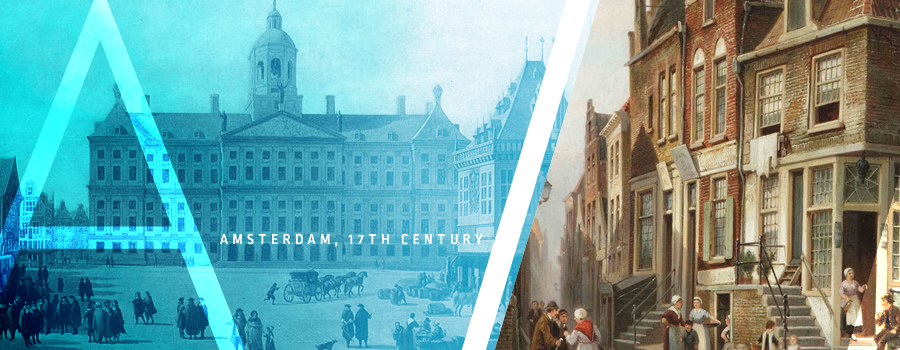
Singapore
After being a British colony for around a century and a half, the Lion city declared independence from the British crown in August 1963. The colonial system was nodding in decay and London was wisely letting colonies go, knowing it was the only way of preserving its political influence in the former domains.
Singaporean leaders, however, did not see their tiny island being capable of sustaining an independent status given very limited natural resources, land size and population, thus the decision was made to join a newly founded Malaysian Federation where Singapore would have been one of four equal territories along with Malay, North Borneo and Sarawak.
The unity has only lasted for two years since it was soon clear that Singaporeans and the rest of Malay Federation were seeing the future so much differently. The controversies were everywhere: the priority economy sectors, taxation system, immigration laws, scale of welfare, ethnic privileges and so on. Representing a tenth part of Malay population, Singapore held a respective share of 15 seats in Kuala Lumpur’s parliament which made the Lion city incapable of defending its legislative initiatives against the withering criticism of pro-bumiputras — Malaysian MPs who insisted on educational, welfare and business bonuses to indigenous Malay people. More meritocratic Singaporeans (or was it just because a big part of them was in fact ethnic Chinese?) could not agree, and, being unable to change the course of things, they decided to leave the Federation.
And there they were: a tiny sales office that decided to go on its own, surrounded by huge, unpredictable neighbors: In the South — Indonesia, ruled by its impulsive autocratic CEO Sukarno, in the North — their former Malaysian HQ that did not like this branching too much. They needed an army, they needed allies and they needed money. It was high time for them to come up with some brilliant business idea. And so they did.
Many researches note that Singaporean “ask-no-questions” business culture was a natural heritage from the times when the island was still a deserted rock in the sea where pirates and smugglers dumped stolen goods, repaired their ships, recruited crew members and pinched the soft parts of tavern girls in between rounds. In practice, that meant a strict enforcement of domestic regulations, but more than reluctant attention to a foreign law-breaking.
So the government of Lee Kuan Yew decided that their product would be an offshore international financial center, a global tax haven and simply the best place in the world to start a business requiring an instant access to vast Asian markets for money, resources or labor. To name a few actual provisions that were enacted we could mention the absence of liquidity and reserve requirements for companies, various legal possibilities for tax evasion including no tax for interest income earned by non-residents, the honoring of strict business secrecy, minimal exchange control and so on. Business in Singapore was given all it could dream about and was fairly asked to work as sons of bitches in return.
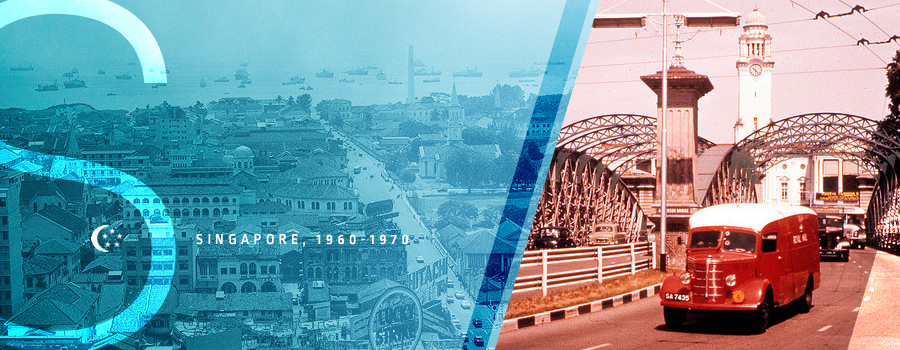
And there was no lack of work — foreign enterprises started pouring in, swayed by low taxes, transparent legal system, proximity to key Asian markets, later — by top notch infrastructure, sparkling business environment and lowest corruption level in the world.
“Tired of hiding? Worship your God openly in Amsterdam” — the Jews of Iberia were once told. “Tired of paying a 30% corporate income tax? Of fighting for licenses, of tedious paperwork, of waking up when your Japanese partners are already in bed? Do business in Singapore” — was now said to the westerners.
First came the trade — Singapore has used its perfect location on the crossroads of international trade routes to become the Asia’s largest entrepôt, buying and selling again at a reasonable interest, in the meantime eliminating near to all regulatory barriers for import and export. The revenues were then allocated to improve the customs service, to train stuff, to acquire the newest technologies in cargo handling and stock-taking. It seemed that the whole city has excitedly plunged into the competition for the fastest turnaround of ships, documents and money, winning Singapore the fame of the most efficient port-city in the world.
Then in 1970s and 1980s came international brokerage companies, trade agencies, law firms, banks and other financial institutions, because when you trade you are likely to need a legal advice, a loan, an insurance or a hedge. This period saw the formation of Singaporean equity, derivatives and foreign exchange markets.
The quite colonial outpost got covered in futuristic skyscrapers faster than an office worker gets his beard back on the weekend.
And then came the wealthy. Security, highest in Asia living standards, developed urban environment, sophisticated financial services, a relative geographical proximity to board meetings scheduled anywhere in between Shanghai and Melbourne made the city a flock-to point for chief executives and other high net-worth individuals. Today, one out of six households in Singapore has at least a million dollars in disposable wealth, excluding their property and businesses.
But that is not the most stunning figure about the island populated by roughly 5.5 million people: according to 2013 data from CIA world factbook, Singapore is the world’s 15th biggest exporter and 15th biggest importer and ranks 7th in world’s per capita GDP rating.
As a clever dwarf, Singapore made sure to have coins and friends in case someone would want to challenge him with a sword. In the shadow of a harsh break-up with Malaysia, the city has put resources into training a small, but professional army, now arguably the best-equipped one in the world, and launched a full-scale military and political cooperation with the fellow members of the Commonwealth and such prominent military powers as Israel and, of course, the US.
The future might have some hardships in store for Singapore, but its recent history seems like a perfect example of making all the right turns on the road of business.
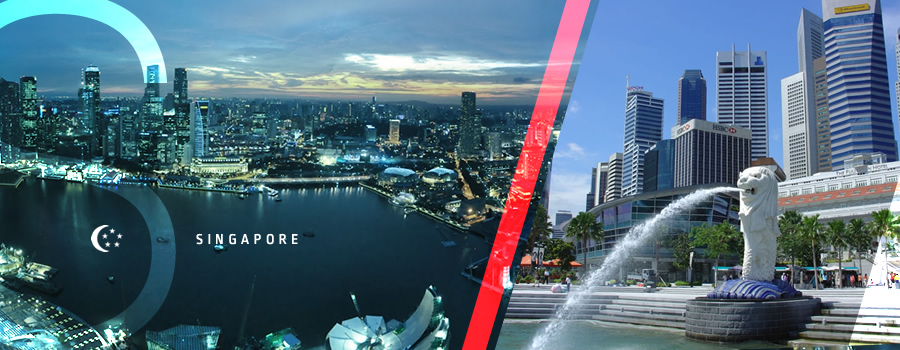
Hong Kong
The northern competitor of the Lion city, Hong Kong is a magnificent cyberpunk-style urban territory that stretches for 40 kilometers from the waves of the South China Sea up to the North, into the continent, and for 500 meters above the ground. The city’s name is translated as “Fragrant Harbour”. One day that might have meant the pleasant smells of imported spice, grilled fish, blooming gardens, English gentleman’s morning tea, but today it is the smell of money that spins your head round when you set foot into the city’s downtown area.
Hong Kong not only had a British heritage to learn from (like Singapore) — it was British until the handover to China in 1997. The British past is easily recognizable in the city for everyone who has ever been to England: from the pedestrian crosses with “look left/right” signs and red double-deckers to names of streets and Queen Victoria’s Harbour. Names are words, words are wind — what really matters is the legal and educational systems, strong financial ties with London and British business culture. Combined, these made Hong Kong deemed to succeed as a global city and the world’s third most important financial center.
It has all started in 1842, when Britain forced the Qing dynasty to sign an unequal treaty of Nanking, ending the First Opium War. The predatory treaty had started the process of transformation of sovereign China into the half-colonial stance it only managed to overcome a century later. One of the principal points in the treaty was the transfer of sovereignty over HK to the British crown, later supplemented by more lands to the North of the island, including Kowloon and New Territories. The whole war was about ensuring British trade interests, so Hong Kong with its deep natural harbour was taken to provide British merchants with convenient shipment and warehousing base, and of course military support when needed.
Initially small population of Hong Kong started growing exponentially with both foreigners and continental Chinese flowing into the city, doubling the number of habitants every decade until the mid-20th century. Hong Kong was a place of refuge first for the Cantonese people who ran from Japanese invaders (who in 1941 took Hong Kong anyway) and then for those sympathetic with scattering forces of Kuomintang (a link to “story of a prodigal island”) in the late 1940s.
After the defeat of the Japanese in 1945 the land was reclaimed by Britain and found itself in a perfect condition for growth: Japanese trashed, trade in Asia-Pacific was flourishing again, unrest in China drove money and businesses from Shanghai to HK, the city had an impressive manpower of 2 million people and all the possible financial and political backing from Whitehall. Sounds like a perfect set up for an economic miracle.
Just like in Singapore, the island’s administration followed the path of market liberalization, by 1970s significantly deregulating international trade and financial sector. Moreover, personal and corporate income was only taxable if earned in HK. International business came running, putting a sharp competition between the Fragrant Harbour and Singapore — the two of four original Asian tigers. Today the two cities’ tax policies closely resemble each over, crossing the tax regime out of their competition battlefields.
Today’s Hong Kong is a gateway to China’s industrial might: it is where Chinese enterprises offer their shares, set up trading representative offices, purchase needed FX and hedging products, contact with the world’s money. The handover to China in 1997 did not affect business as much as some had feared: Hong Kong was granted a special status and an autonomy from Beijing in all fields but foreign affairs and defense for a lengthy period of 50 years ending in 2047.
Just like Singapore, Hong Kong has become an international offshore financial center, living on trade (world’s 14th largest exporter) and financial services. The reasons for its success are simple: location, free market economy and a competitive strategy of a clever microstate.
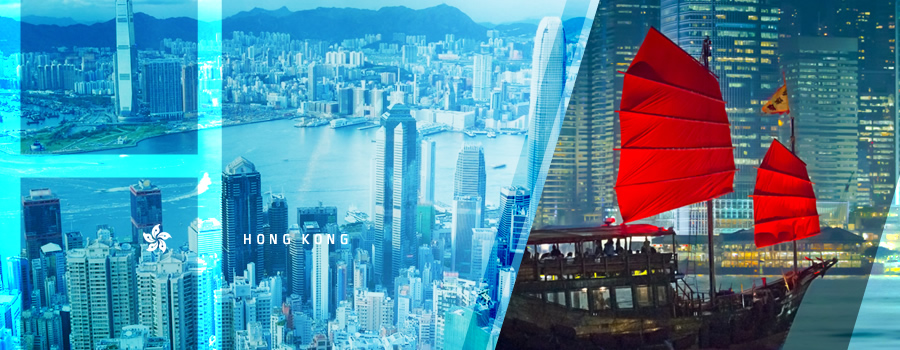
What if I’m big? Can I have a financial center too?
If you are big, you either already have one or you will have to wait with this.
The world’s financial system has a mature and stable architecture. Not that it doesn’t throw as up and down; what I mean here is where the money is. This train has already left, but there are still people who try to jump on the footboard.
Among these guys are big cities of BRICS states. Inspired by their proclaimed “new significance” in the world’s economy, their political leaders could not fail to notice how contrastingly little they matter in the world’s finance. All five of them are more or less actively seeking ways to overthrow the “dollar slavery”, to establish the use of their national currencies in international transactions and to start a couple of international financial centers.
In my understanding, there are two types of cities that have a powerful capability of attracting money:
1. The type this article is dedicated to: an offshore, at least relatively independent, politically stable microstate that deliberately shapes its legislation and taxation system in the way that facilitates international business and financial services;
2. A major city in one of the world’s leading market economies, with stable political system, broad international ties and influence on the world’s financial system.
Now why don’t we take a look on 2014 world’s top ten financial centers, as suggested by Global Financial Centers Index compiled by “Z/Yen” think-tank:
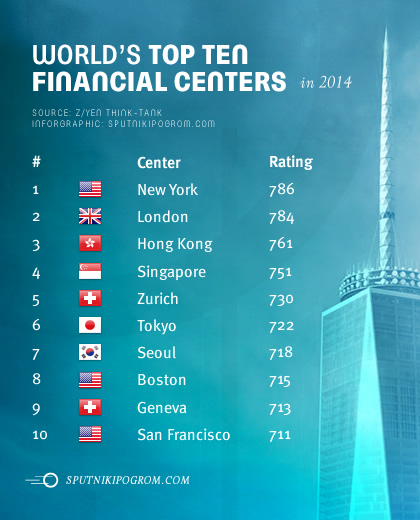
All of them are either one or another, whereas their challengers from BRICS states are not. Whereas the Chinese economy is surely a very powerful one, it is still not a free market, neither it is predictable enough for its champion Shanghai to succeed as a world’s top financial center anytime soon, although the dynamics is good. Another city that is taking efforts to get in line with the world’s financial strongholds is Moscow that suffers from the country’s general political instability, bureaucratic inefficiency, bad investment climate and lack of viable international-oriented business.
The world’s financial Olympus can only change in case of some drastic events like a complete exhaustion of natural resources, a climate shift, a global warfare, extraterrestrial invasion — a kind of event that brings back the train after it has already left. Moscow and other aspiring cities, however, can reasonably aim for the second league, becoming regional financial powers. But for this we need to take the path of giants as we cannot squeeze ourselves into a dress of a dwarf: we need to create a competitive, globally integrated, high-tech economy that foreigners will want to invest in and buy from.
Building a couple of skyscrapers won’t help much.
